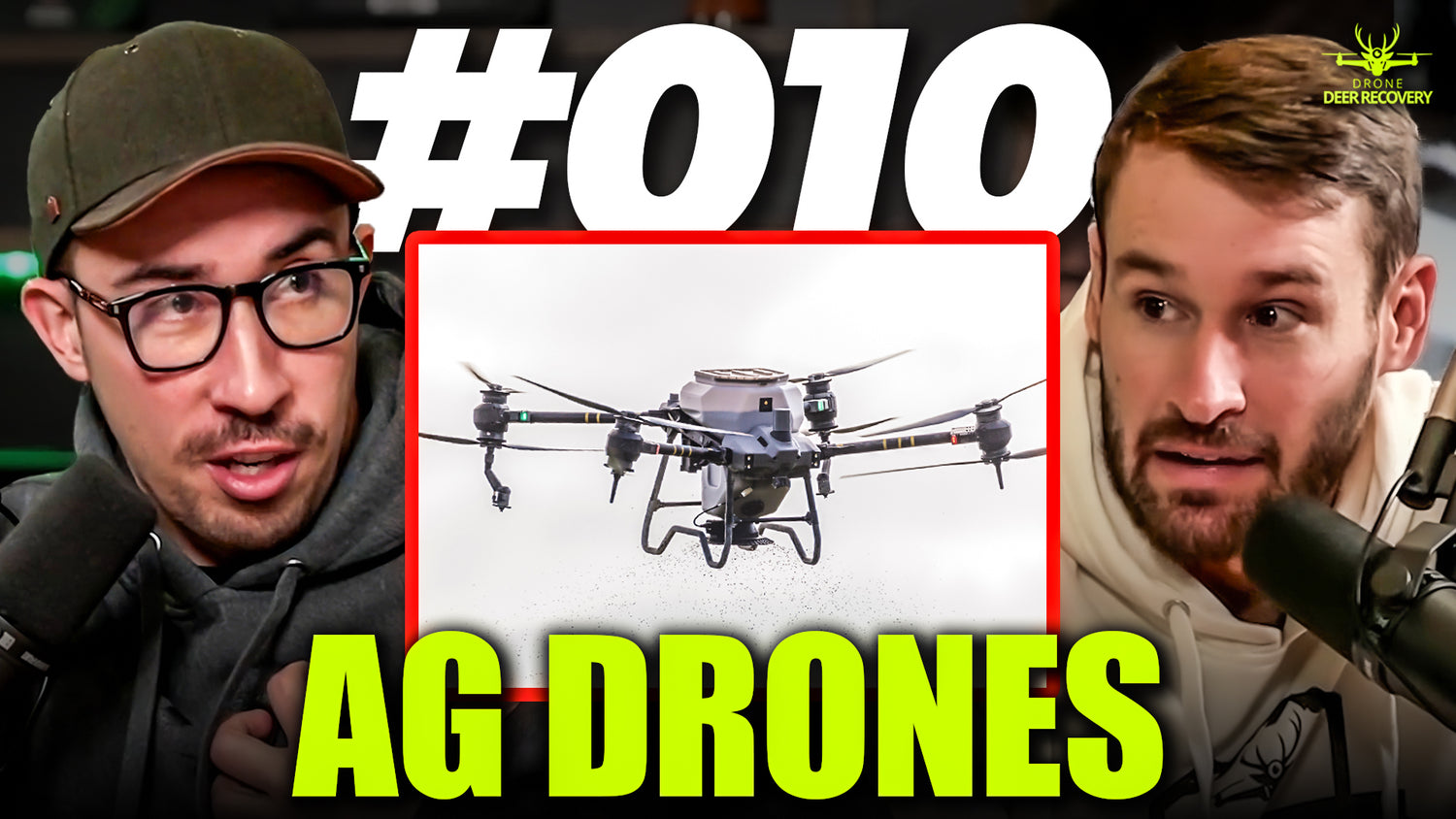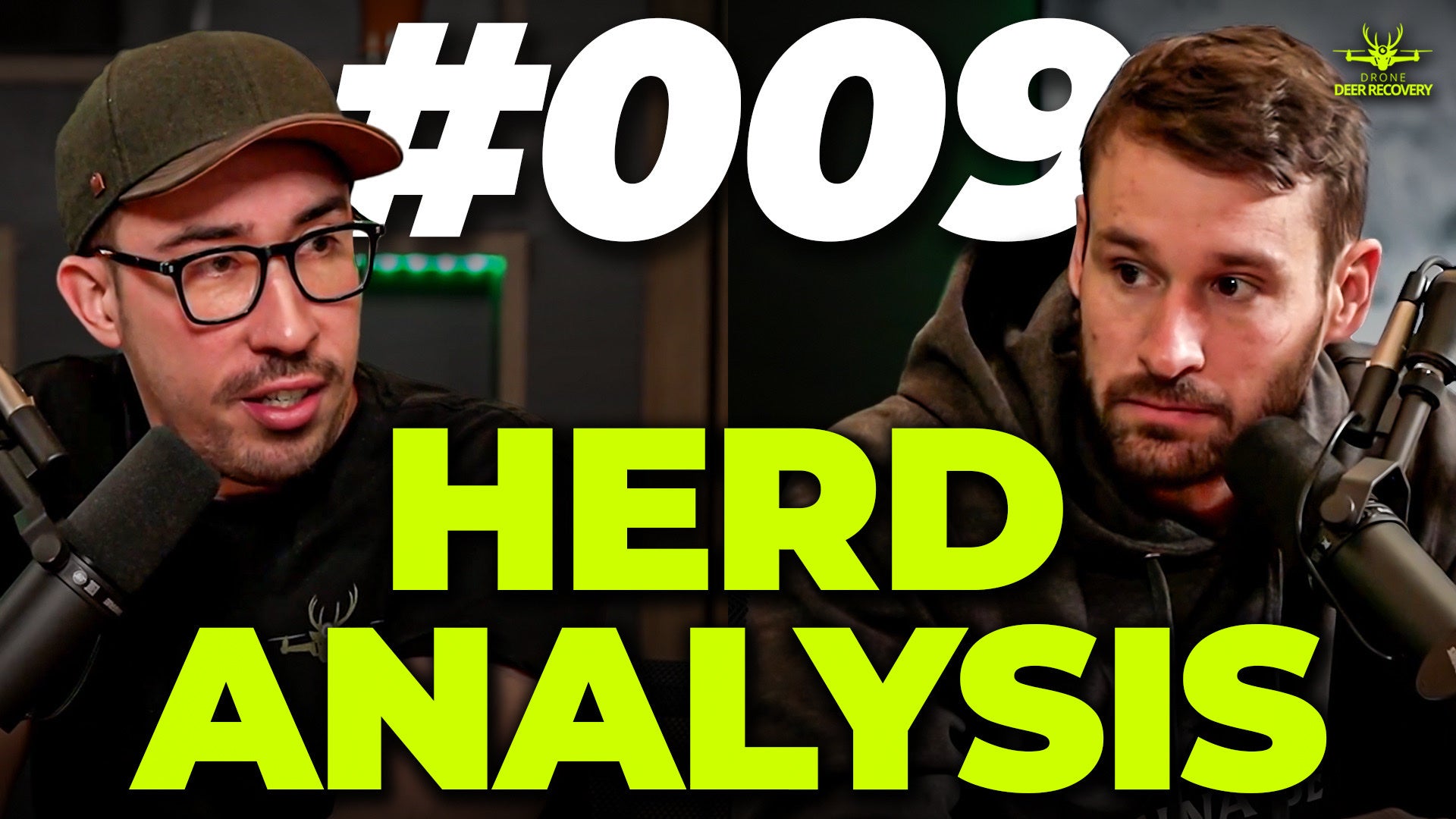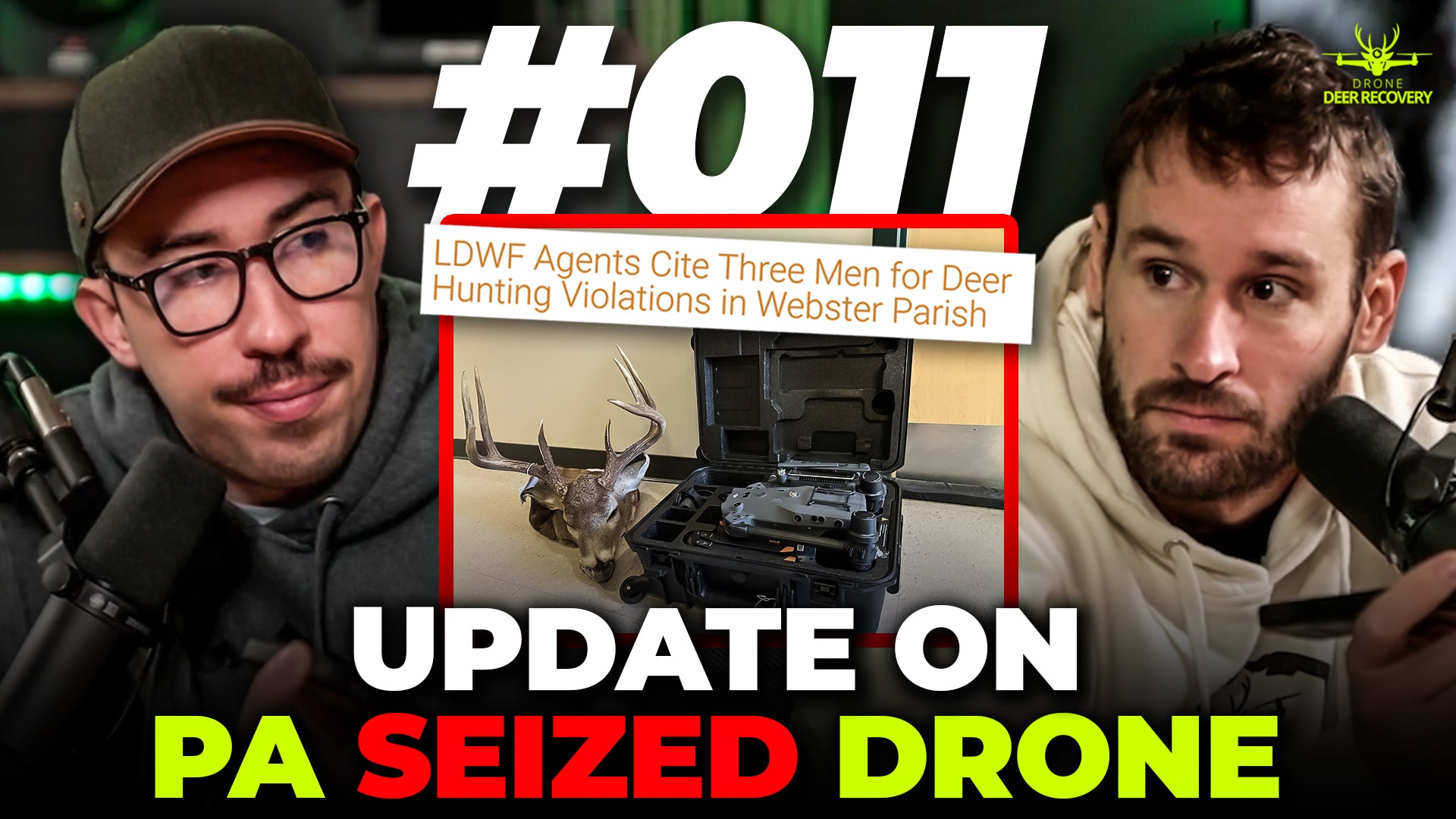The agricultural industry is buzzing with the potential of drone spraying, offering increased efficiency, precision, and safety. But where do you even begin? This guide, based on the insights of the Drone Deer Recovery podcast, will equip you with the crucial knowledge to navigate the exciting world of ag drones.
Gearing Up for Takeoff: Essential Licenses and Qualifications
While the initial steps might seem daunting, don't be discouraged! This guide breaks down the key requirements to get you started:
-
Part 107 Remote Pilot License: This is your foundation, a must-have for flying any drone commercially. It involves a written test and studying topics like aviation regulations, weather patterns, and airspace restrictions.
-
Class 3 Medical: This FAA-approved medical exam ensures you're fit to operate larger drones (over 55 pounds). Don't worry, it's typically a straightforward process.
-
44873 Exemption: This exemption from the FAA allows you to fly drones exceeding the 55-pound weight limit, commonly used in agricultural spraying.
-
Part 137 Certification: Once you have the 44873 exemption, you can apply for this certification, placing you in the same category as airplanes and helicopters for operational purposes.
-
Applicator's Licenses: To legally apply chemicals from the air, you'll need both a core and an aerial applicator's license issued by your state. These involve studying and passing exams related to safe and responsible chemical handling.
Remember: Don't hesitate to seek professional guidance, especially when navigating the legal aspects of drone spraying. Consulting an attorney can ensure you're on the right track and adhering to all necessary regulations.
Beyond the Basics: Exploring the Possibilities of Ag Drones
While obtaining the proper licenses is crucial, the potential of ag drones extends far beyond just spraying crops. Here are some additional applications to consider:
- Seeding: Drones can efficiently distribute seeds across large areas, promoting even crop growth.
- Fertilizer Application: Precise application of fertilizers optimizes nutrient delivery, minimizing waste and maximizing yield.
- Field Mapping and Monitoring: Drones can capture detailed aerial images and data, allowing farmers to assess crop health, identify potential issues, and make informed decisions.
Stay tuned!





Leave a comment
This site is protected by hCaptcha and the hCaptcha Privacy Policy and Terms of Service apply.